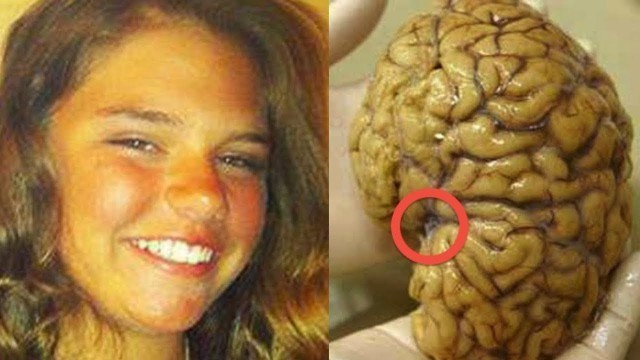

'When brain-eating amoebae attack! The brain eating amoeba (Naegleria fowleri) is a bacteria found in water that causes meningoencephalitis. It acts like a virus or parasite and can only be seen under microscopes. ✔ NEW MERCH AVAILABLE: https://theywillkillyou.com/ Follow us on Instagram: @theywillkillyou Voiceover by Carl Mason: [email protected] Naegleria fowleri, popularly known as the brain-eating amoeba, is a microorganism which causes amoebic meningoencephalitis. Technically, the brain-eating amoeba isn’t even really an amoeba, but rather a shapeshifting amoeboflagellate, which has three different stages of growth. It begins as a simple cyst, which is generally harmless until the next stage in its life. It then evolves into the flagellate, which can be introduced into the human body through the nose. This usually occurs when people swim in waters infested with these bacteria. Once inside, this lethal creature continues to evolve, into the shape of a trophozoite. It has an ingenious way of moving up the nasal cavity, lacking any limbs. The brain-eating amoeba expands specific sectors of its cell’s membrane. It then loads them with plasma, effectively floating up towards the brain. Most commonly, it affects young boys under the age of 13 and is lethal in almost every single case. A popular myth is that you can get infected with these bacteria by drinking contaminated water. This is not true. The only way for it to reach your brain is for it to be introduced into the body through the nose. The brain-eating amoeba usually resides in lakes and rivers, as well as hot springs. It thrives solely on warm freshwaters. This means that they can’t survive in gelid rivers, ponds, or in saltwater. This bacterium has also been found in the liquid discharges draining out of industrial plants. They can live in swimming pools, which is why it’s so essential to chlorinate them often. Traces of brain-eating amoeba have also been discovered in tap water. It tends to linger around the bottom of bodies of water, lurking in the muddy soil. When people swimming around disturb the water, the Naegleria fowleri floats around and may find its way into the nose. Though they naturally prefer to feed off other bacteria in the sediment, they won’t hesitate to feed off their new host. As the human body is moist and hot, just like the water the brain-eating amoeba lives in, it’s the perfect habitat to thrive in. They can be found in the southern states of the US, in Florida and Texas, and are particularly common during the hotter seasons. As previously mentioned, there are no known medications for the infection caused by this microorganism. So, the best way to survive the brain-eating amoeba is to avoid it getting in your body altogether. If you go swimming in lakes or rivers, especially during the summer, it’s a great idea to wear nose clips. This way, the bacteria can’t reach your brain. You can drink the water safely, as it won’t affect you in any way, even if the amoeba is present in the area. If you don’t have any nose clips with you, keep your head out of the water and avoid jumping into it or diving deep. Another tip is to keep the muddy soil on the bottom of the lake or river alone. Don’t stir or kick it, as that will send any lingering amoebae floating all around you. Remember, though, that this bacterium can also be found in tap water. So be sure to put plenty of chlorine in your pools to keep them safe. Sterile water or saline solution work just as well and are entirely safe. There’s some good news, though, as the odds of actually contracting this bacteria are very low, an estimated 1 in 70 million.'
Tags: eating , microscope , under , brain , Water , VIRUS , parasite , BACTERIA , Naegleria fowleri , amoeba , brain eating , meningoencephalitis , brain eating amoeba , brain eating amoeba symptoms , contaminated water , water contamination , Microorganism , brain eating amoeba under microscope , amoebae , amoeboflagellate , bacterium , brain eating amoebae , brain eating bacteria , brain eating virus , brain eating parasite , brain eating amoeba microscope , amoebic meningoencephalitis
See also:









!['Food Fighter Clicker #7 - เขมือบไข่ต้มทั้งร้อยฟอง!! [ เกมส์มือถือ ]'](https://cdn-img01.verybestfoodrecipe.com/images/49-m/145/1455285_m.jpg)







comments